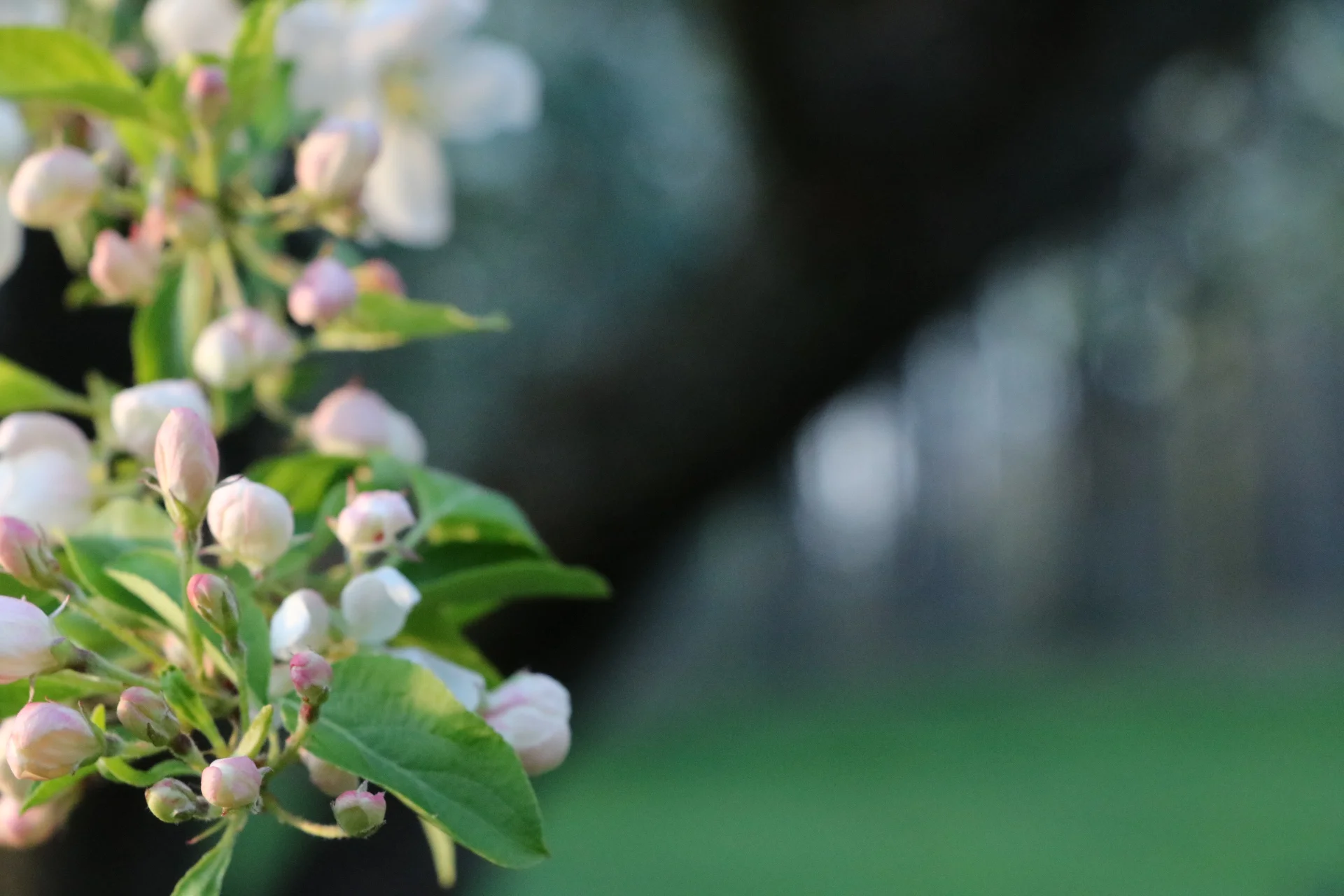Parker's Picks — Virgin's Bower
/This popular perennial vine native to Western New York can reach impressive heights of 10 to 18 feet. It showcases clusters of small, fragrant white flowers from August to September.
Virgin’s Bower (Clematis Virginiana)
Virgin’s bower (clematis virginiana) flourishes in both full sun and partial shade but it performs best when it receives at least six hours of sunlight each day. It prefers soil that is rich in organic matter but can adapt to average moisture levels.
The blooms are a magnet for various pollinators, including native bees, moths, and butterflies, such as Eastern swallowtails and monarchs. Pistillate, or female, flowers produce plume-like seed heads, which lend Virgin’s Bower two of its aliases: old man’s beard and devil’s darning needles.
This vine is ideal for trellises, fences, or arbors and typically requires little pruning. You can trim it back in late winter or early spring to promote fresh growth, but be careful not to remove too much of the old wood, as this is where the flowers will emerge.
Native Americans, particularly the Iroquois of Western New York, utilized the analgesic properties of Virgin's Bower. They would create infusions from the plant to relieve pain, especially for headaches and minor injuries. Additionally, the vine was employed to address respiratory issues. The Iroquois likely prepared teas or poultices from the leaves and flowers to assist with coughs and other breathing difficulties.
The fibrous parts of the vine were sometimes used to make cords or twine. This would have been particularly useful for various crafting purposes, from basket-making to fishing lines.
Note: While numerous Native American tribes recognized the medicinal properties of Virgin's Bower, it’s important to note that parts of the plant can be toxic if ingested in large quantities. The roots and other parts contain compounds that may be harmful, so traditional uses were often based on careful knowledge and preparation.


